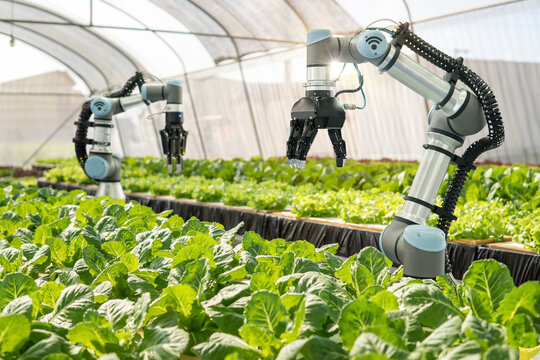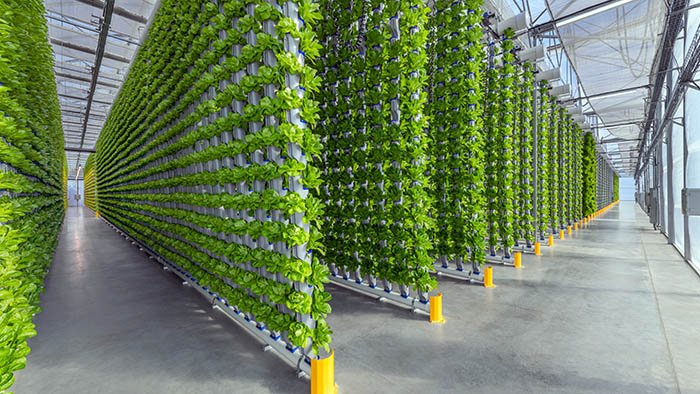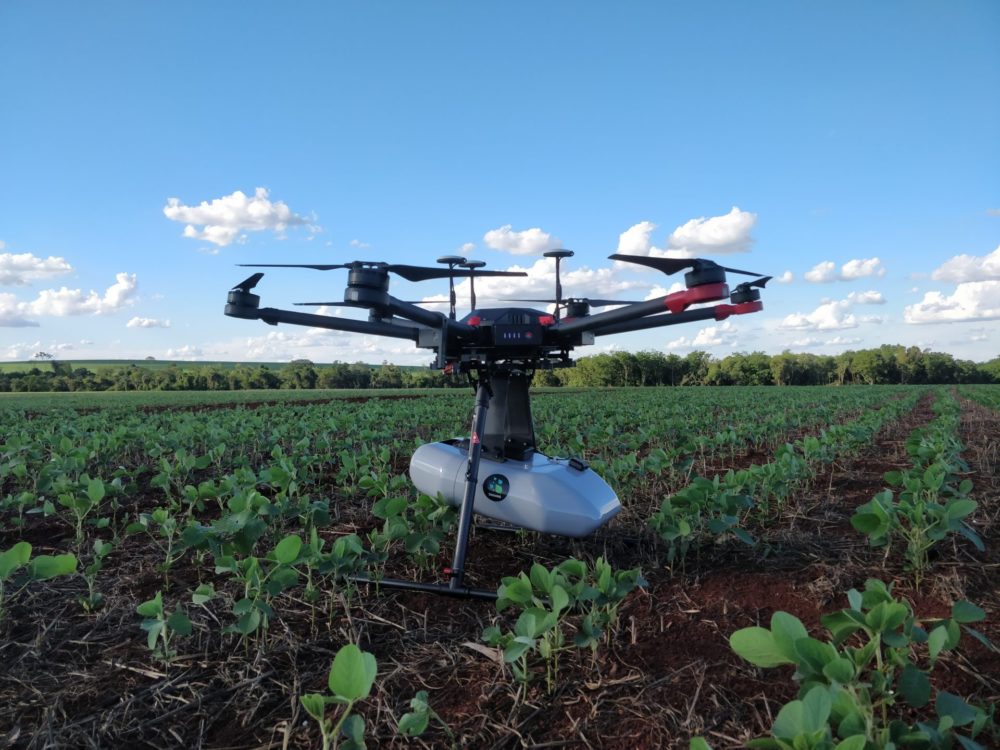Sowing the Seeds of Innovation: The Investment Landscape in Agricultural Technology
Agriculture, one of the oldest and most vital industries, is undergoing a profound transformation fueled by tech. As the global population continues to rise, the demand for more efficient, sustainable, and resilient food production systems has never been more critical. Agricultural Technology, or AgTech, is at the forefront of this revolution, offering solutions that range from precision farming and AI-driven analytics to biotechnology and robotics.
Why AgTech?
AgTech is emerging as a critical area of innovation due to the intersection of several global megatrends. First and foremost, the need to feed a growing global population—expected to reach nearly 10 billion by 2050—places immense pressure on existing agricultural systems. Traditional farming methods are increasingly inadequate to meet this demand sustainably, especially in the face of climate change, diminishing arable land, and water scarcity. The industry offers solutions that can dramatically increase productivity while minimizing environmental impact. Precision farming techniques, for instance, allow farmers to use data-driven insights to optimize inputs like water, fertilizers, and pesticides, resulting in higher yields and lower costs. According to the Food and Agriculture Organization (FAO), precision agriculture could increase farm yields by up to 70%, a critical boost in the face of food security concerns.

Robotic Integration in a greenhouse
Another compelling reason behind the surge in AgTech investment is the growing consumer demand for transparency and sustainability in food production. Consumers are concerned about the origin, quality, and environmental impact of their food, driving the need for traceable and sustainable agricultural practices. “Consumers today are more informed and concerned about the environmental and ethical implications of their food choices,” says a report from McKinsey & Company. This tailwind creates opportunities for AgTech companies like Provenance and Semios, that provide solutions like blockchain-based traceability and eco-friendly pest control. The financial potential of AgTech is also a strong pull for investors. The global AgTech market was valued at $17.45 billion in 2021 and is projected to reach $41.95 billion by 2027, growing at a CAGR of 14.7% from 2022 to 2027. This growth is driven by the increasing adoption of IoT, AI, and robotics in agriculture, offering high-tech solutions to age-old farming challenges.
Who is Making Noise in the Industry?
The AgTech industry is teeming with innovative startups and established companies that are leading the charge in agricultural transformation. One of the most notable players is Indigo Agriculture, a company that leverages microbiology to improve the health and productivity of crops. Indigo’s microbial treatments are designed to enhance plant resilience against environmental stressors like drought and disease, making it a leader in the sustainable agriculture movement. The company has raised over $1.2 billion in funding, underscoring investor confidence in its potential to revolutionize farming practices.
Another big player is Apeel Sciences, known for its innovative approach to reducing food waste. Apeel has developed a plant-derived coating that slows down the spoilage of fruits and vegetables, thereby extending their shelf life. This technology addresses a critical issue in the global food supply chain, where nearly one-third of all food produced is lost or wasted. Apeel’s success in raising over $700 million, including backing from major investors like Andreessen Horowitz, highlights the growing interest in technologies that tackle food waste. Ceres Imaging, a startup focused on aerial imagery and analytics, is making waves with its precision agriculture platform that helps farmers optimize water usage, manage crop health, and maximize yields. Using high-resolution imagery and machine learning, Ceres provides actionable insights that enable farmers to make data-driven decisions. The company’s solutions are particularly valuable in regions facing water scarcity, where efficient irrigation is crucial.
In the realm of indoor farming, Plenty is pushing the boundaries with its vertical farming technology. Plenty’s farms use 99% less land and 95% less water than traditional farming methods, producing pesticide-free produce year-round. Backed by over $500 million in funding, including from SoftBank and Jeff Bezos, Plenty is a prime example of how AgTech can meet the demand for local, sustainable food production.

A vertical farm is both space and water efficient compared to traditional methods
What is Coming Next?
The future of AgTech is poised for advancement, with several trends expected to shape the industry’s trajectory. One of the most anticipated developments is the widespread adoption of autonomous farming equipment. Companies like John Deere are already leading the charge with their autonomous tractors and AI-powered farm machinery. These technologies promise to reduce labor costs, increase efficiency, and allow farmers to operate equipment remotely, which is particularly beneficial in regions facing labor shortages. Another area of growth is in gene-editing technologies like CRISPR, which hold the potential to revolutionize crop genetics. By enabling precise modifications to plant DNA, gene editing can create crops that are more resistant to pests, diseases, and extreme weather conditions. Inari Agriculture, a startup that uses gene-editing technology to improve crop yields, has already attracted significant attention, raising over $400 million in funding. The company’s innovations could pave the way for a new generation of crops that are better suited to the challenges of climate change.
Additionally, the integration of artificial intelligence and machine learning in agriculture is expected to expand, providing farmers with even more sophisticated tools for decision-making. AI-driven platforms can analyze vast amounts of data from various sources—weather patterns, soil conditions, market trends—and offer real-time recommendations. Startups like Taranis are at the forefront of this movement, offering AI-powered crop monitoring solutions that detect early signs of disease, pests, and nutrient deficiencies. Looking ahead, the next wave of AgTech innovation may also include advancements in synthetic biology, where companies are developing entirely new types of crops and food products. For example, Pivot Bio is working on microbial solutions that replace synthetic nitrogen fertilizers, which are a major source of greenhouse gas emissions. Such technologies could not only enhance agricultural productivity but also significantly reduce the industry’s environmental footprint.

Taranis’ Software-Integrated Agriculture Drone
As venture capital continues to flow into AgTech, the sector is set to experience growth and transformation. The companies and technologies that emerge in the coming years will play a critical role in shaping the future of food production, making AgTech one of the most exciting and impactful areas of investment today.
—————————————–
If you are a builder, investor or researcher in the space and would like to have a chat – please reach out to me at amit.k@thelotuscapital.com
